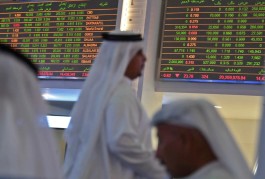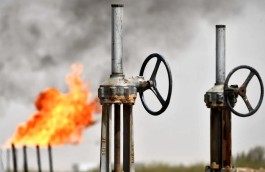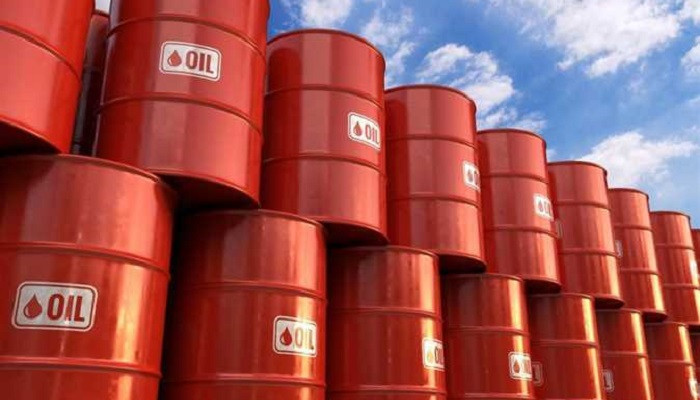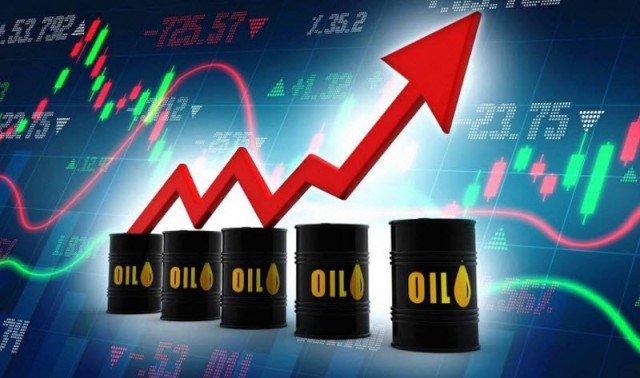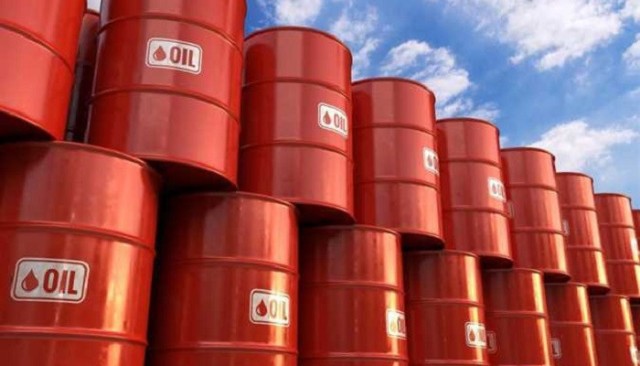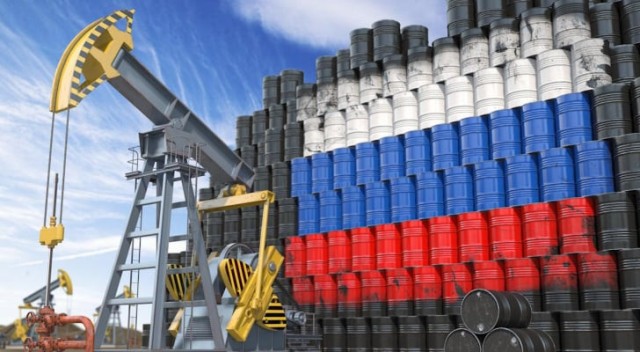Oil prices ended the year 2022 on a high, in light of the markets’ anticipation of China’s situation after its abandonment of the zero Covid policy, and its reflection on enhancing oil demand growth in 2023, in which the possibility of a global recession increases. On the supply side, the European Union and Group of Seven (G7) Russian oil embargoes and caps came into effect in December, while OPEC and its allies confirmed they will cut production quotas by 2 million barrels per day in 2023. We are set to see a shortfall in the oil market. During the year 2023, which may lead to a rise in oil prices from their current levels.
The National Bank of Kuwait said in a report that Namazon received its copy today, Monday, that although the cold weather in the northern hemisphere is expected to boost consumption during the next few months, the path of oil demand will be more affected by the growth of the global economy, specifically its main engines, which are They are represented in the United States, China and Europe. With only a few days to go into 2023, the International Monetary Fund has already warned that all three economies are slowing simultaneously and predicted that 2023 will be even more difficult than the year we leave behind.
The pace of economic growth has slowed since mid-2022 in light of many negative factors, including the Russian-Ukrainian war, high inflation rates, rising energy prices, and the tightening of monetary policy in the United States at the most stringent pace since the financial crisis, in addition to the pandemic spreading in China. According to the International Energy Agency, global oil demand, which was around 100.8 million barrels per day in the fourth quarter of 2022 (mostly unchanged in terms of growth on a quarterly and annual basis), is expected to decline by more than 1 million barrels. per day on a quarterly basis, to reach 99.7 million barrels per day.
The IEA's forecasts for the first quarter of 2023 are the lowest compared to the three leading global energy agencies (Chart 4). As expectations indicate an acceleration in the pace of oil demand, starting from the second quarter of 2023 onwards, to reach 103.4 million barrels per day in the fourth quarter of 2023, with major support from China’s reopening of its economy - as the International Energy Agency expects an increase in oil demand by 820 thousand barrels per day ( +5.5% y/y) in 2023 - This is in addition to the shift of global central banks to ease monetary tightening policies. For 2023 as a whole, oil demand is expected to average 1.7 million barrels per day, down 2.3 million barrels per day from the 2022 estimate.
On the supply side, Russia's response to the EU's crude oil embargo (a ban on refined products is set to start next month) and the G7's imposition of a price cap on Russian crude exports, along with OPEC+ supply management decisions, will be factors. Key to determining the movements of world oil prices. Russia has already announced an oil export ban to any G7 country that participates in capping the price of Russian oil, and has indicated that it may cut production by 500-700,000 barrels per day in response. For its part, OPEC + intends to continue to cut production by 2 million barrels per day throughout the whole of 2023, after it reaffirmed its decision to cut supplies that it approved in October during the December meeting.
The outlook for oil prices in 2023 remains uncertain, with headwinds posed by the global recession, increased non-OPEC oil supplies, declining US production, reopening of China's economy (once the current COVID-19 wave is overcome), and declining post-embargo Russian supplies. Putting a ceiling on prices, and severely reducing the production of OPEC and its allies. However, the National Bank of Kuwait believes that supply-side factors will play an increasing role from the second quarter of 2023 onwards, with an expectation of a positive impact on oil prices, bringing the average price during the year to the level of $90 per barrel.









